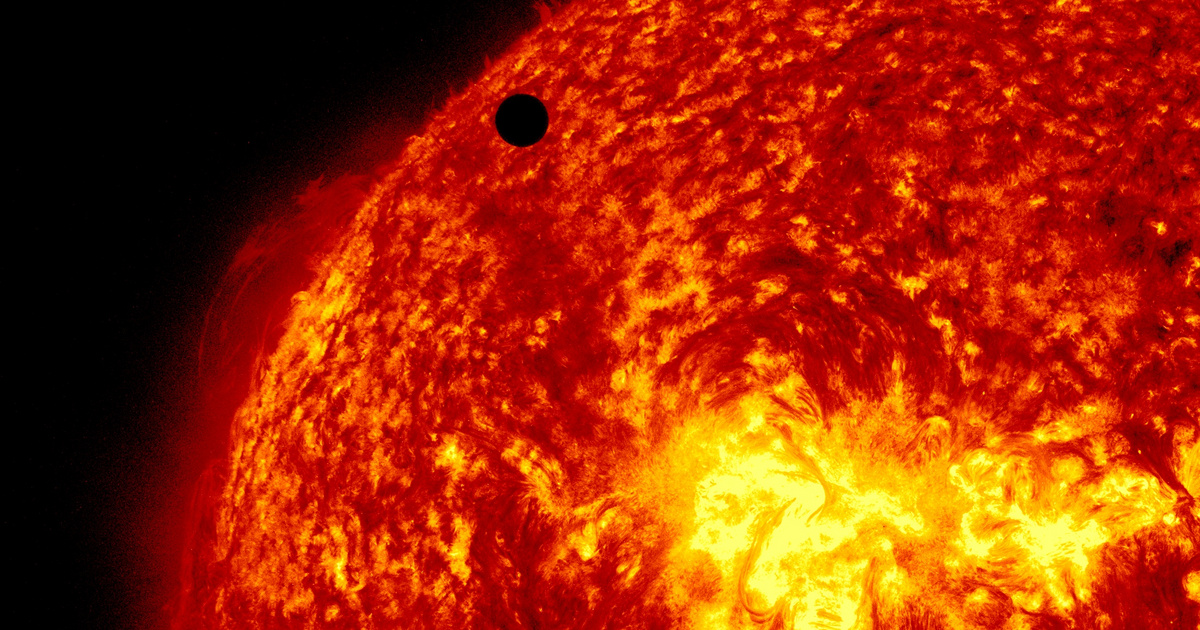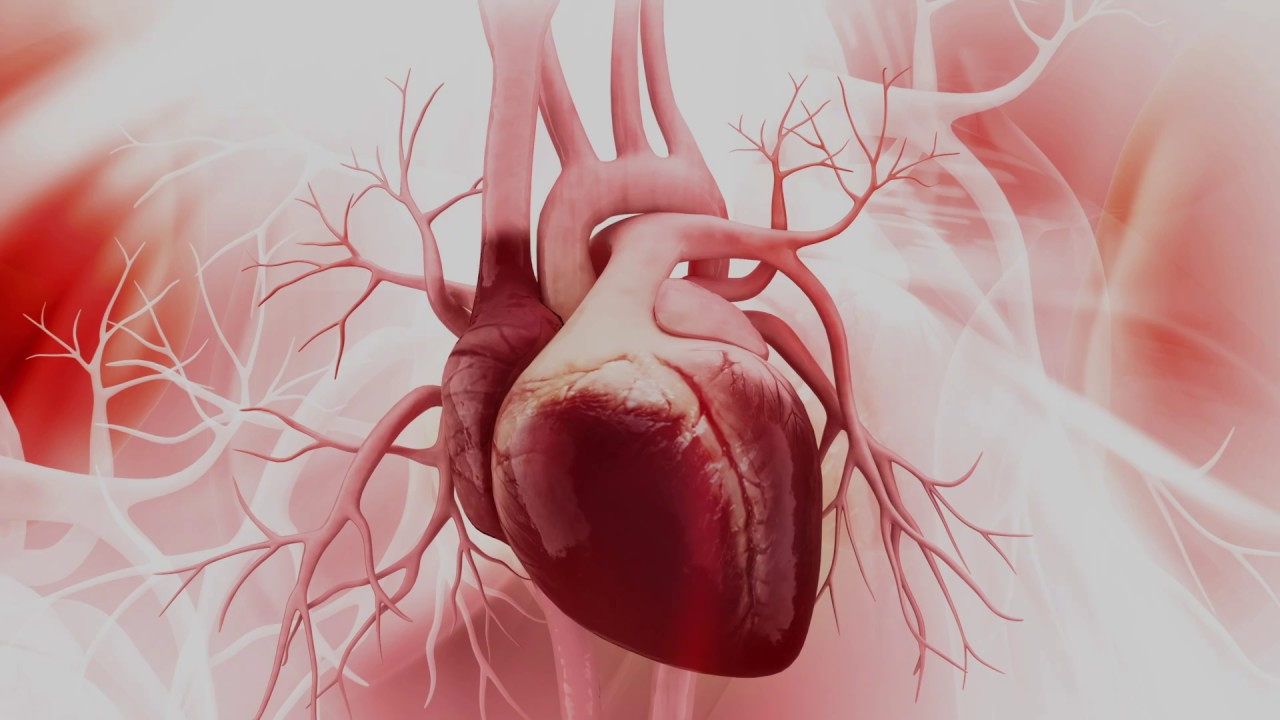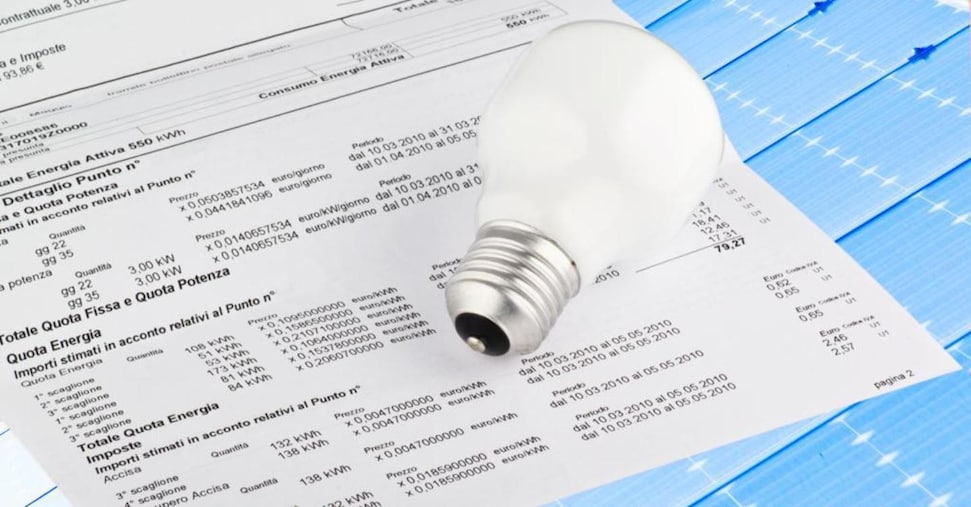#Practice #Essay #Questions #Answer #Keys #Earth #Solar #System #Grade #Middle #School #Science #Material
BABAD.ID – In science lessons for grade 7 students, understanding the Earth and the Solar System is very important.
Practice essay questions are provided to test understanding of this topic. This helps students understand basic concepts about the Earth and the Solar System better.
This essay practice can help students hone their abilities in understanding natural phenomena around them.
This article is also accompanied by an answer key, so you can learn more easily by practicing the following essay questions.
Also Read: Summary of Science Material for Class 8 Middle School Independent Curriculum about Vibrations and Waves, Complete with Examples in Everyday Life
1. Explain the difference between Earth’s revolution and rotation and their impact on natural phenomena!
Answer: The Earth’s rotation is the movement of the Earth around its own axis which produces day and night, while the Earth’s revolution is the movement around the Sun which influences the seasons. Rotation causes the change of day and night, while revolution determines seasons such as summer, autumn, winter and spring.
2. How do the phenomena of a lunar eclipse and a solar eclipse occur?
Answer: A lunar eclipse occurs when the Earth is between the Sun and the Moon, so that the Earth’s shadow covers the Moon. A solar eclipse occurs when the Moon is between the Sun and the Earth, so that the Moon’s shadow covers part or all of the Earth’s surface.
Also Read: Come on, check it out! Class 10 Science Practice Questions on the Classification of Living Creatures, this material is equipped with an answer key
3. Explain the difference between planets in the Solar System which are terrestrial planets and gas giant planets!
Answer: Terrestrial planets such as Earth, Mars, Venus, and Mercury have dense surfaces and thin atmospheres, while gas giant planets such as Jupiter, Saturn, Uranus, and Neptune have thick atmospheres and do not have dense surfaces.
4. What is meant by the solar system and how is it arranged?
Answer: The Solar System is a solar system consisting of the Sun, planets, satellites, asteroids, comets and interplanetary dust bound by gravity. The sun is at the center of the solar system, followed by the planets that orbit it.
Also read: Class 10 Science Practice Questions on Biodiversity, this material is equipped with an answer key!










